The highest civilian award in India, the Bharat Ratna, has been bestowed upon the most illustrious people in recognition of their extraordinary services to society. Even though the Bharat Ratna is highly esteemed, there are a few little-known details about it that are worth learning more about. We reveal seven fascinating—and perhaps surprising—aspects of this prestigious award in this blog.
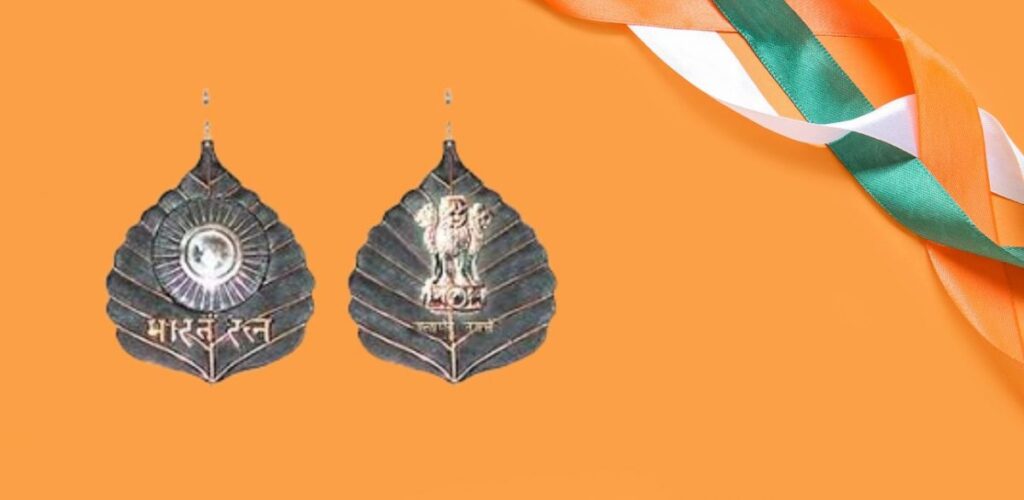
Origins in the Pre-freedom Era: In contrast to common assumption, the idea of bestowing national awards on deserving individuals existed before India gained its freedom. Nobel laureate Rabindranath Tagore first suggested the idea in 1901, suggesting that a “Nishan” (emblem) be created to honor exceptional achievements to the country. But the Government of India didn’t formally establish the Bharat Ratna until 1954, when Drs. C. Rajagopalachari, C. Sarvepalli Radhakrishnan, and C.V. Raman received the first awards.
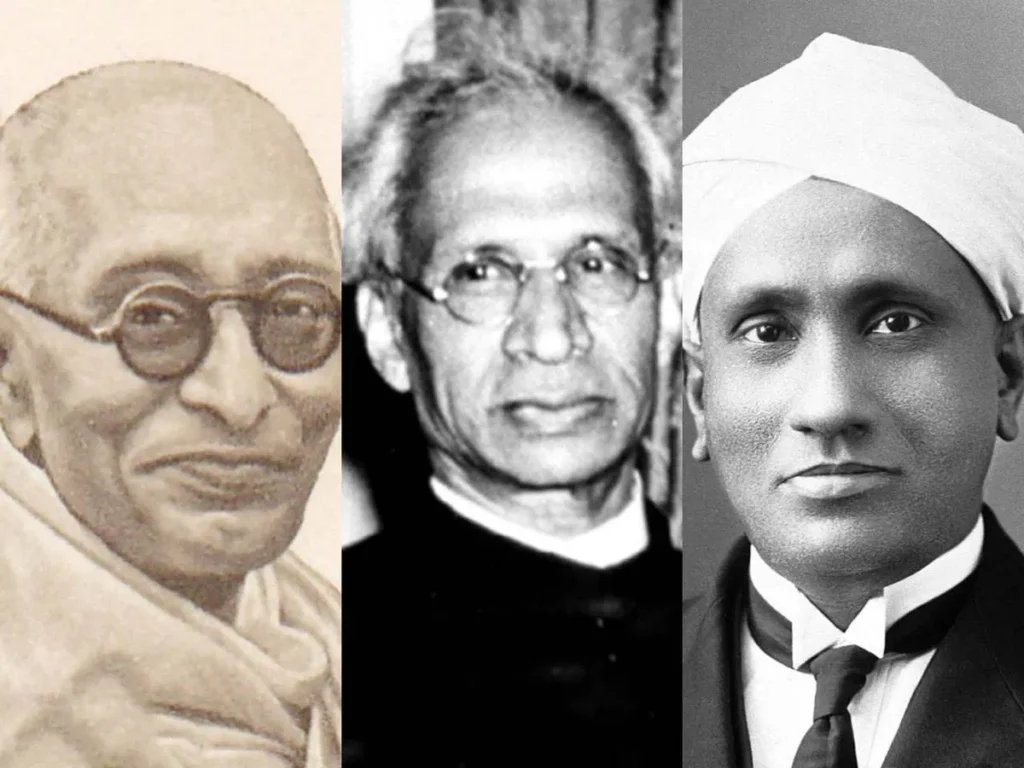
Not Just for Indians: The prize transcends nationality, even though the majority of recipients are Indian citizens. It was given to Mother Teresa, an Indian citizen by naturalization, in 1980. Remarkably, the prize transcends national boundaries; notable recipients included Nelson Mandela, the legendary leader of South Africa, and Khan Abdul Ghaffar Khan, a Pashtun leader from modern-day Pakistan.
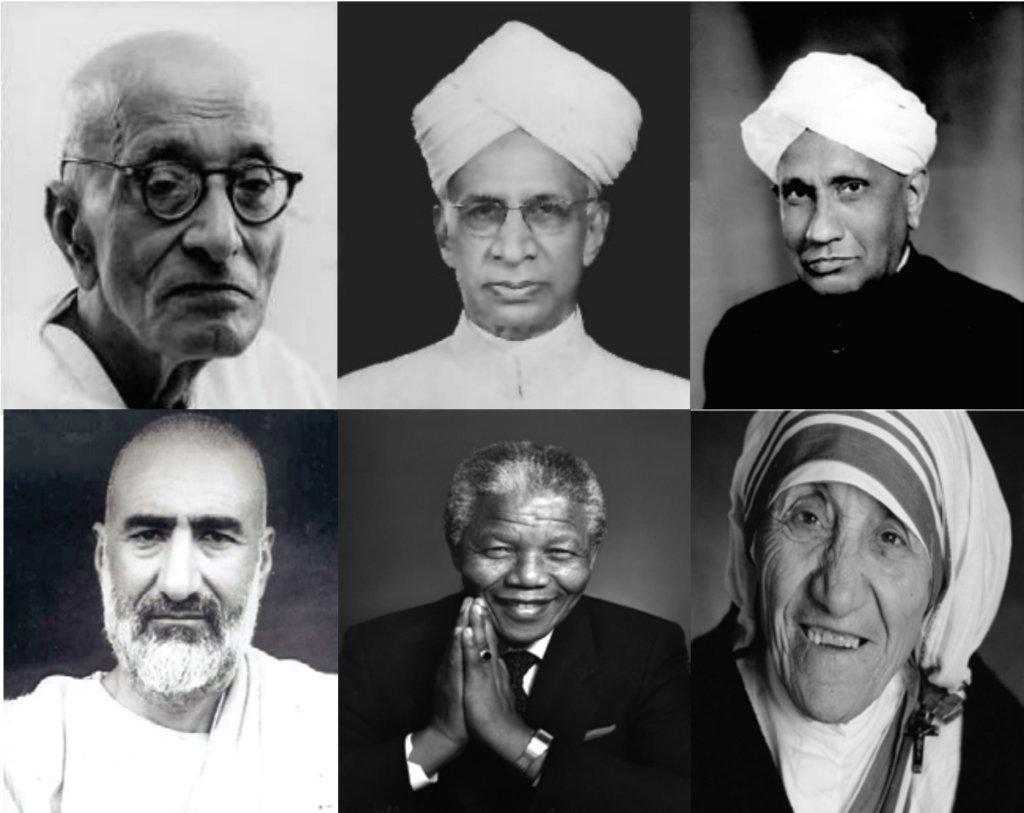
No Room for Bragging: In contrast to several accolades, the Bharat Ratna confers neither a monetary award nor exclusive rights. It’s not a financial benefit; rather, it’s just a recognition of exceptional work. The fact that recipients are not even permitted to use “Bharat Ratna” as a prefix or suffix highlights the award’s emphasis on altruistic effort rather than self-aggrandizement.
The Posthumous Dilemma: Posthumous awards have not historically been permitted for the Bharat Ratna, in contrast to many other national accolades. This regulation was in effect until 2011 when it was changed to allow for the posthumous awarding of the Bharat Ratna. The amendment made it possible to pay tribute to those who had given extraordinary service to the country but had died away before receiving official recognition.
Multiple Awardees: Although it is customary to only earn the Bharat Ratna once in a lifetime, there have been cases where people have been recognized with this distinction more than once. Among them is the great Hindustani classical music maestro Pandit Bhimsen Joshi, who was awarded the Bharat Ratna in 2008, further acknowledging his past achievements in transforming India’s cultural landscape.
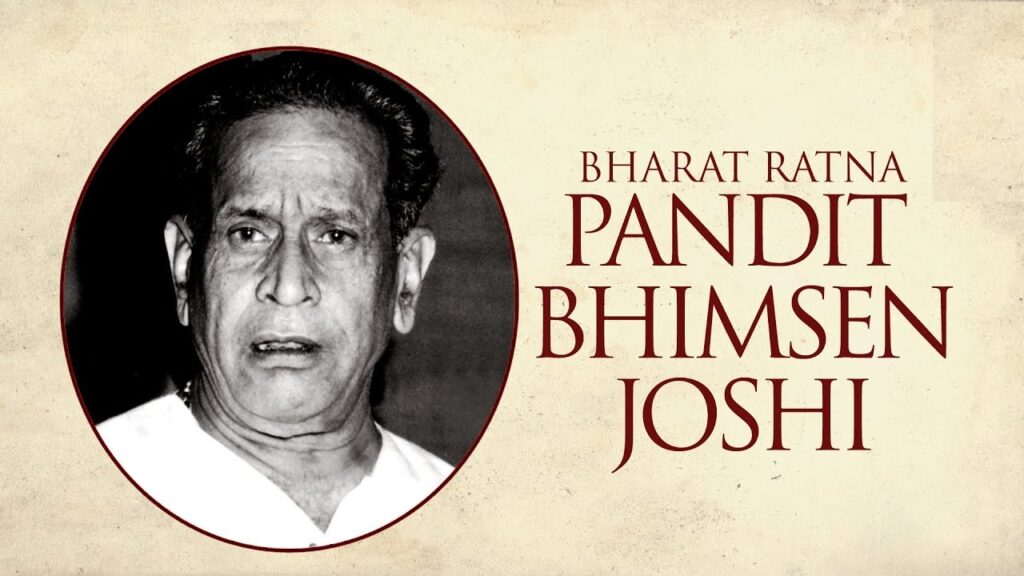
The Thrice-Rejected Ratna: The Bharat Ratna was presented to Dr. Bhimrao Ambedkar, the man who drafted the Indian constitution, three times: in 1955, 1961, and 1962. However, he graciously declined each occasion, citing concerns about the award system. This potent act of rebellion highlights the diverse viewpoints regarding individual ideals and recognition.
The Mystery of the Missing Years: Despite the fact that the prize was established in 1954, it hasn’t been given out every year. There were no recipients in 1978, 1980, 1981, 1987, 1989, or 1990, demonstrating the strict selection procedure and lack of incentive to give it out every year. This emphasizes how exclusive and merit-based the recognition is.
Public Nominations: Although the Bharat Ratna award selection procedure is mainly confidential, the public is able to suggest worthy candidates for consideration through nominations. The democratic spirit that underpins the awarding of national honors is highlighted by the public engagement option, even in the face of opaque selection procedures.
The Age Game and Sporting Firsts: The idea that the Bharat Ratna is only given to old politicians is debunked by the presence of young winners who were recognized for their outstanding accomplishments at a relatively young age. The legendary cricket player Sachin Tendulkar, who was awarded the Bharat Ratna in 2014 at the age of forty, is one such example. He deserved to receive this prestigious award because of his career record-breaking achievements and excellent sportsmanship.
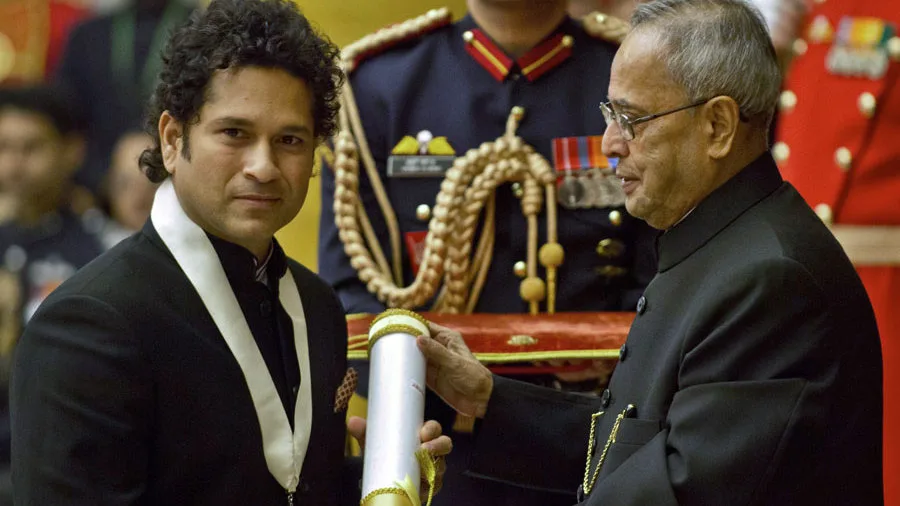
The Bharat Ratna is more than just a prestigious honor, as these amazing facts reveal. It provides a glimpse into the values of India, its changing views on recognition, and the various routes that lead to national service. Let’s remember the spirit of devotion, sacrifice, and excellence that this emblem reflects as we commemorate the accomplishments of Bharat Ratna awardees. This symbol inspires each of us to make a unique contribution to the advancement of the country.
.
Also read :
7 Unknown Facts About Lakshadweep Island: Unveiling the Hidden Wonders
Share this content:


To the refinery But now I calmly stood still
To the refinery But now I calmly stood still